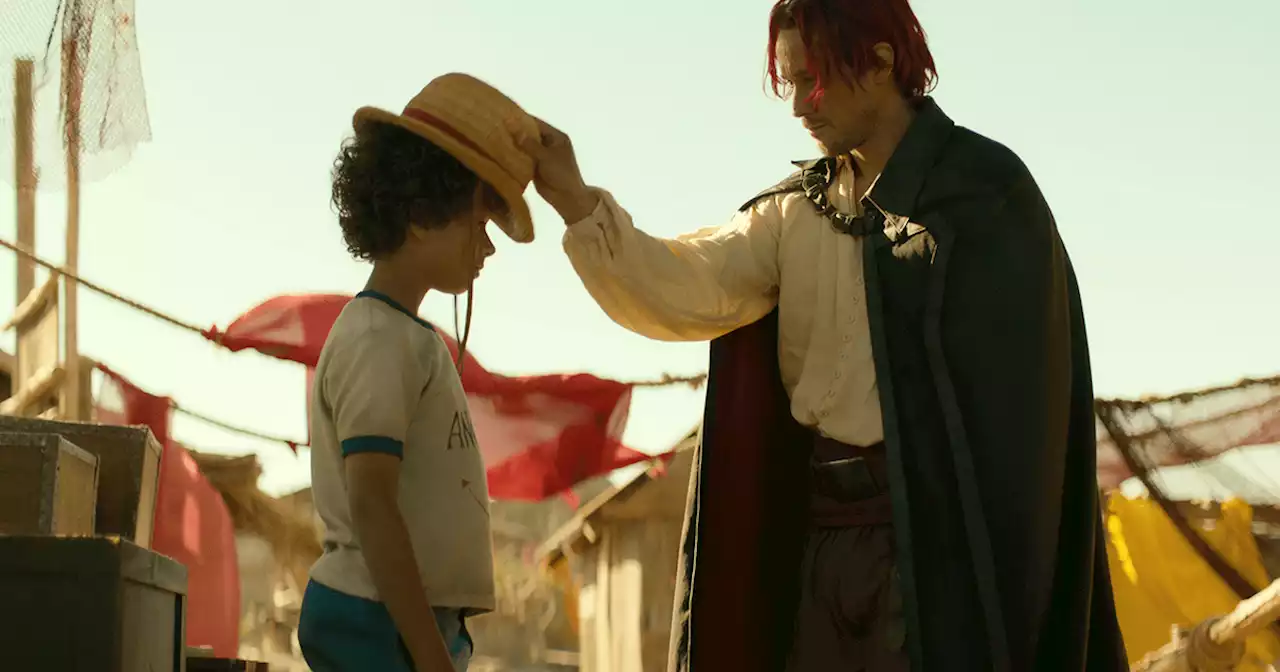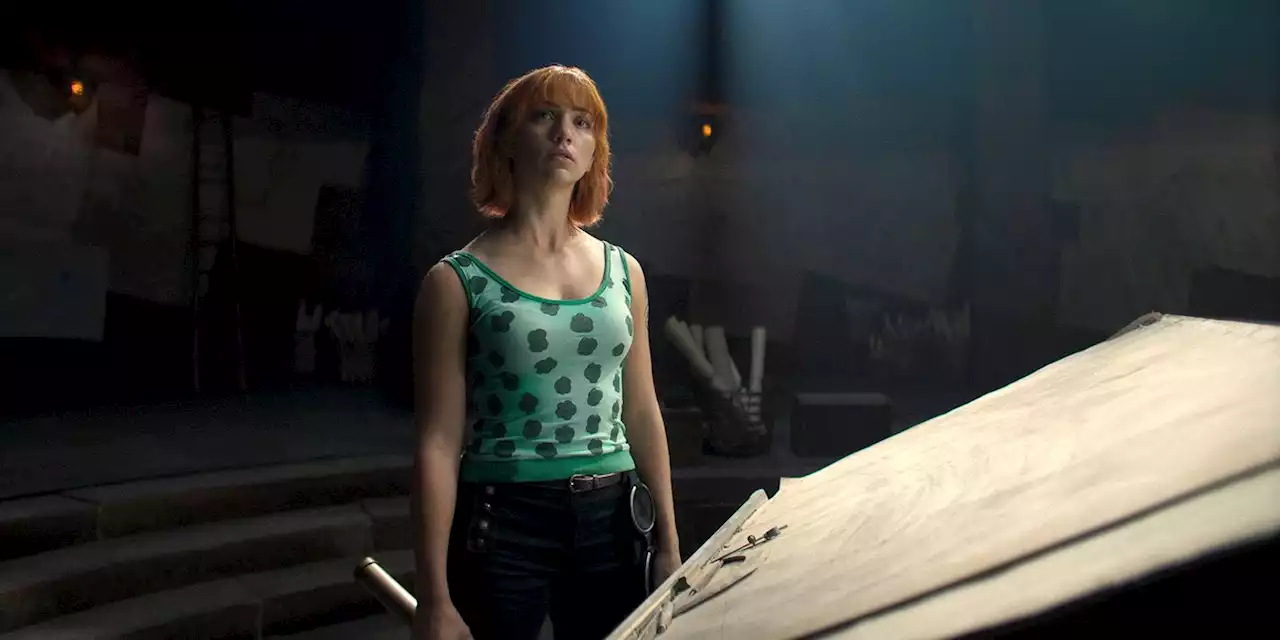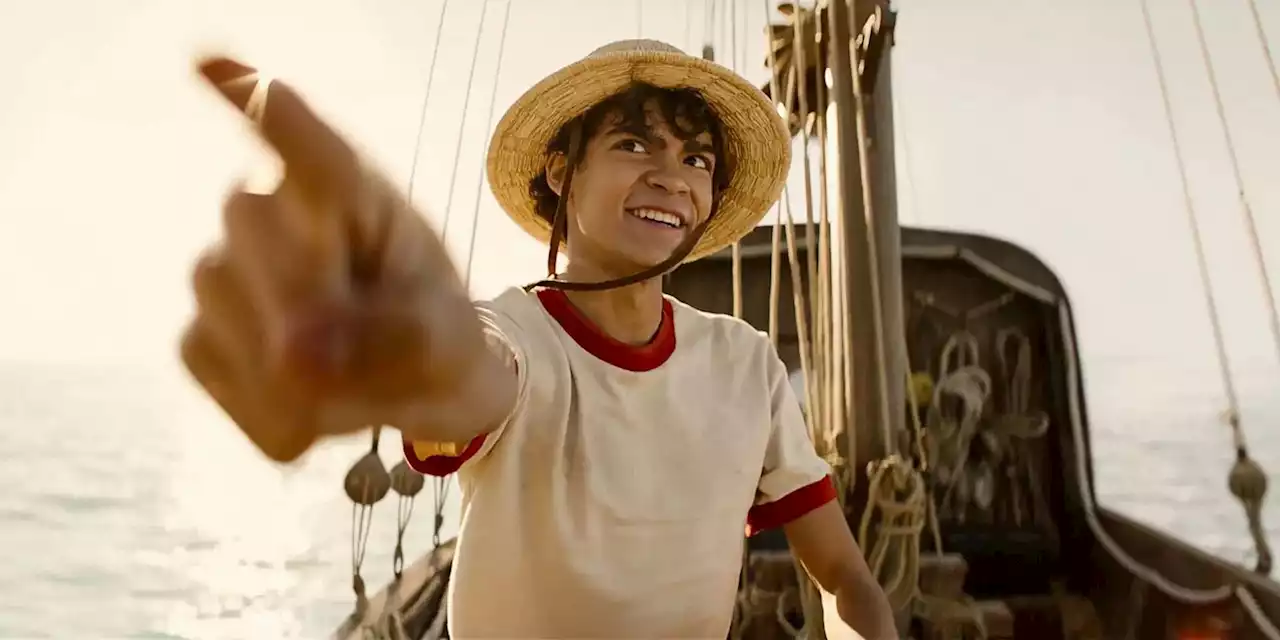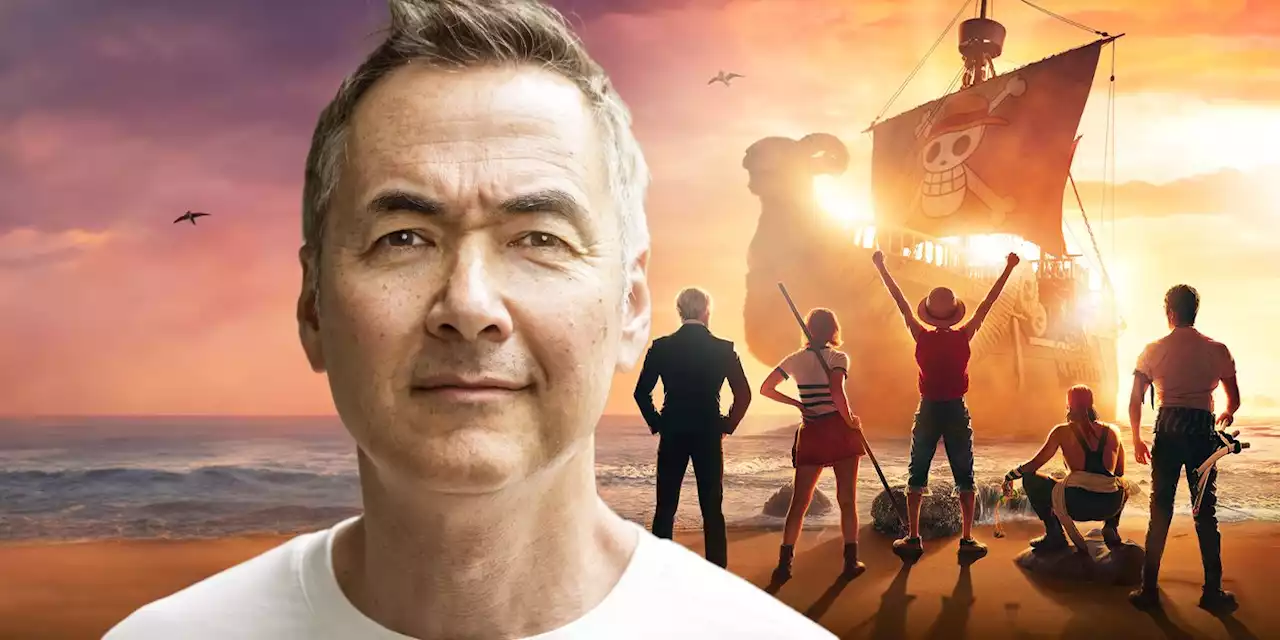Steven Maeda also talks about casting the Straw Hats, working with physical sets, and expanding beyond the story.
The Big Picture With Netflix's One Piece live-action series finally out in the world, audiences old and new are discovering the adventures of Monkey D. Luffy and his crew as they set out for adventure, and to find the titular One Piece treasure.
In these four years since you've been working on it, that is a very long process, so what were the early days of this One Piece process like for you to get the ball rolling because it is such a huge undertaking? So we know that Oda-san was working very closely with all of you. I wonder if you could tell me a bit about what that experience was like.
Another thing that really jumped out at me about this season is there are these shifting character dynamics in the interactions. It's not the whole group the whole time, and it's not everybody kind of just in relation to Luffy.
Were there any of these B plots that you wish you had more time to explore? Because we spend a lot of time with the Marines, but there's Shanks and co. and all the villains. Was there anything you wish you could have explored a little longer? Certainly, we ran into the problem that there were some fights that went on for chapters and chapters and chapters and that unless you're doing a John Wick-type show, which we were not, is really, really difficult. Those fights cannot go that long. And so you have to manufacture scenes and tension and conflict in other ways than sometimes what's in the manga. But again, we try to do it with a sense of consistency and reverence for the source material.
MAEDA: The challenge, which was also kind of a luxury in a way, was the amount of time and budget that we had to actually make the show. I spent a year in Cape Town, South Africa, prepping and shooting the show with our director and our line producer, and all of our cast and crew, and it was onerous. It was a tough shoot.
MAEDA: That was our production designer [Richard Bridgland] and our construction coordinator who came up with that one. And that was something that was not in the original manga drawings of Baratie, and I loved it. I love Nami’s little Bluetooth snail phone. When it's submerged underwater, she pulls it out, and it's like coughing the water out. It was the cutest little thing.So making a series like this is obviously not a solitary endeavor, but from your perspective, in assembling the Straw Hat crew, this core five that we meet in this season, what was the key thing that you were looking for?
United States Latest News, United States Headlines
Similar News:You can also read news stories similar to this one that we have collected from other news sources.
 ‘One Piece’ Director Marc Jobst Talks Adapting the Best-Selling Manga and His ‘Daredevil’ Memories'To do something like 'One Piece,' you have to take some risks. You have to be bold. You have to dare,' the executive producer tells The Hollywood Reporter of building Eiichiro Oda’s fantasy world for Netflix.
‘One Piece’ Director Marc Jobst Talks Adapting the Best-Selling Manga and His ‘Daredevil’ Memories'To do something like 'One Piece,' you have to take some risks. You have to be bold. You have to dare,' the executive producer tells The Hollywood Reporter of building Eiichiro Oda’s fantasy world for Netflix.
Read more »
 Netflix One Piece Interview: Director Marc Jobst on Adapting the Iconic MangaComingSoon spoke with One Piece director Marc Jobst about the Netflix adaptation of Eiichiro Oda's internationally beloved series.
Netflix One Piece Interview: Director Marc Jobst on Adapting the Iconic MangaComingSoon spoke with One Piece director Marc Jobst about the Netflix adaptation of Eiichiro Oda's internationally beloved series.
Read more »
 'One Piece's Showrunner Details How Season 1's Arcs Lay Out Future Storylines'Let’s make sure that we set that up so that there are opportunities to reference back to.'
'One Piece's Showrunner Details How Season 1's Arcs Lay Out Future Storylines'Let’s make sure that we set that up so that there are opportunities to reference back to.'
Read more »
 Why ‘One Piece’s Showrunner Chose These Inventive and Heartbreaking Scenes for Season 1'I wanted to make sure all of that was in there, and it all comes with a cost.'
Why ‘One Piece’s Showrunner Chose These Inventive and Heartbreaking Scenes for Season 1'I wanted to make sure all of that was in there, and it all comes with a cost.'
Read more »
 'One Piece' Creator Eiichiro Oda Was Blown Away by Iñaki Godoy's Luffy, Says ShowrunnerSteven Maeda said the mangaka was completely sold on Godoy's portrayal of the Straw Hat captain.
'One Piece' Creator Eiichiro Oda Was Blown Away by Iñaki Godoy's Luffy, Says ShowrunnerSteven Maeda said the mangaka was completely sold on Godoy's portrayal of the Straw Hat captain.
Read more »
 ‘One Piece’ Showrunner Breaks Down Creating Scenes 'In Between the Manga Panels''As long as it feels consistent, that was the important thing.”
‘One Piece’ Showrunner Breaks Down Creating Scenes 'In Between the Manga Panels''As long as it feels consistent, that was the important thing.”
Read more »
